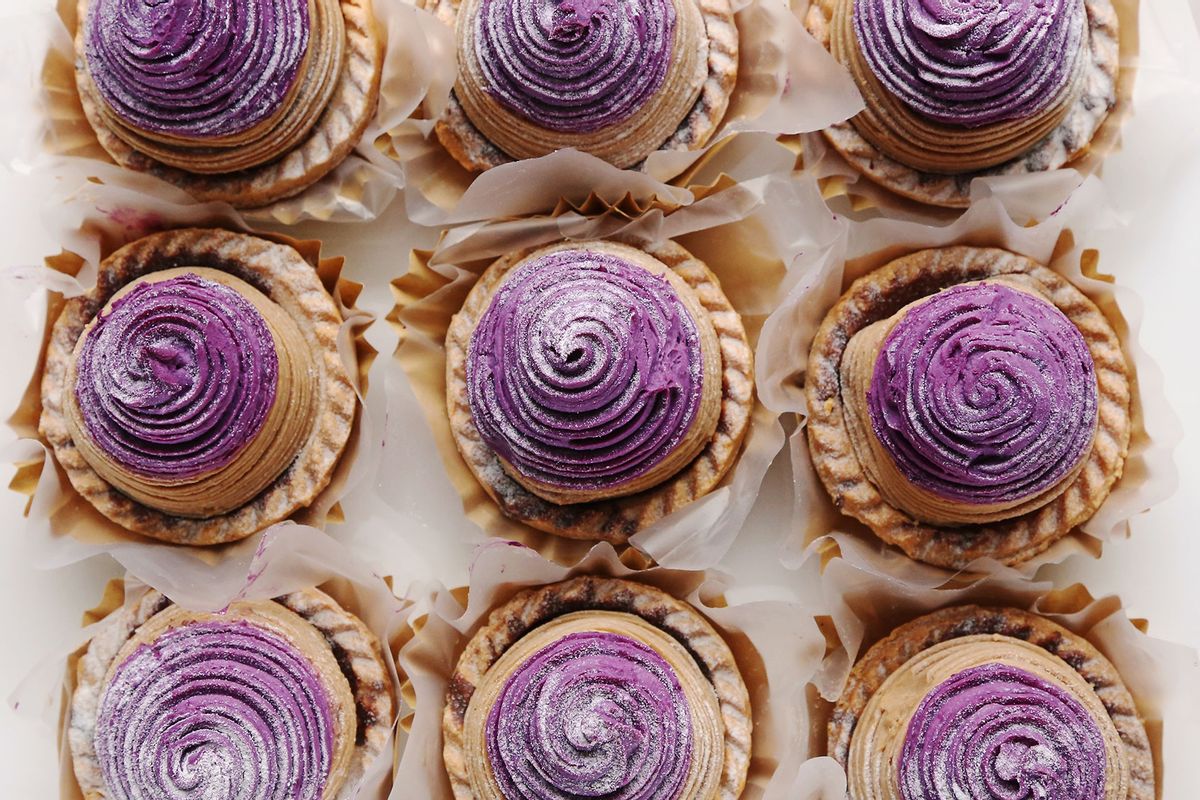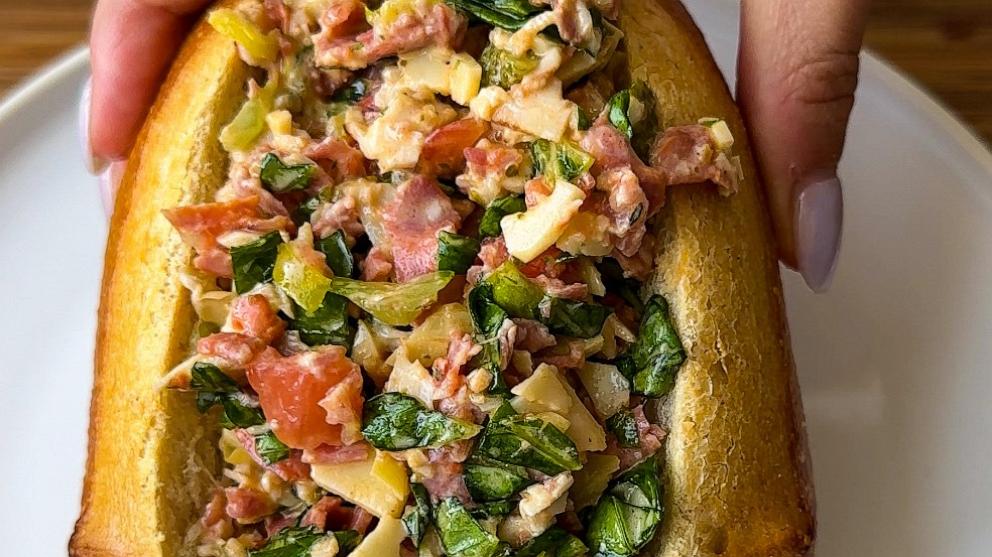
A selection of smoked meats from 8 Hands Farm and smoked fish from Hook & Net. (Photo Credit: David Benthal: Food Styling: Alice Falcone)
I feel in control in my kitchen, but the grill has always intimidated me a little. High heat? Low heat? How do I know when something is done? Turns out, all I needed to learn was how to turn my grill into a smoker. It’s easy, hard to mess up and there’s plenty of control. Once you get it down, you can smoke just about anything you can eat. And chefs on the North Fork do. I got their tips and tricks for embracing an old-fashioned cooking technique that is trending in a big way in 2021.
Set up your smoker
At 8 Hands Farm in Cutchogue, Erik Morgan smokes the farm’s own pork shoulder, spare ribs, chicken legs, hot dogs, kielbasa, bacon and charcuterie twice a week in a propane-fueled behemoth made by Myron Mixon. “The propane setup fires flames, below a large pan of water,” he said. “That helps whatever you’re smoking stay moist.” The giant black box smoker uses a mix of technology and old school, as Morgan put it. A high-tech panel monitors the temperature and regulates it so the burner cuts off once it hits 250 degrees. The wood is the old school. A chamber off to the side is where it’s stoked for smoking.
Fortunately, you don’t need a commercial Myron Mixon to smoke at home; a large grill that can be covered will work. “Get your coals going and push them off to one side,” Morgan advised. “Soak, drain and wrap some wood chips in foil. Perforate the foil and place it close to the coals.” This will get the chips smoking. Place whatever you’re smoking next to the smoke, but not on it, and put the cover down.
On a gas grill with two or three burners, place the foil packet on a burner underneath the grate. Replace the grate, place the food over an unlit burner and cook with the cover down. “Then just go low and slow,” he continued. “Keep an eye on it. Most things don’t respond well to high heat. Keep it to 200 or 175 and then just take your time.”
Smoke your veggies
Morgan recommends smoked onion as a gateway smoking experience because it’s easy to prepare and makes a really nice garnish or condiment. Cut an onion into matchsticks and season with salt. After a few minutes, the onions should wilt and release some liquid, which you should gently squeeze out. Then, place them on a perforated pan so the smoke can circulate around them in the smoker. Cook for eight minutes, transfer to a container and cover with olive or canola oil. “They’ll last for a few weeks because the smoke was a little bit of a preservative,” he said. “You can use the oil to make mayonnaise or a dressing for a salad.”
Over at the North Fork Food Truck in Southold, chef de cuisine Steven Barrantes smokes cauliflower to deliver a more intense flavor than simply roasting. “We crust it with salt and pepper and roast it and then finish it in the smoker.” At home, he said, you can smoke potatoes (“It keeps its soft, flaky inside with a crisp skin and scent of smoke”) or even fresh pineapple. “The sugars from the pineapple and brightness goes really well with the smoke,” said Barrantes. Finish it off with a scoop of vanilla ice cream.
Smoke a fish
At Hook & Net Fish Market in Greenport, co-owner Gayle Scarberry smokes scallops, bluefish, tuna and salmon — a great way to add flavor, decrease waste and preserve the food to last longer. “The seafood is dry brined with salt and brown sugar before rinsing and air drying,” she said. The air drying is particularly important because it develops an outer skin the smoke sticks to.
Doing this at home is easy, Scarberry said. Refrigerate the fish uncovered for a few hours, until it is dry to the touch. Then smoke at 220 degrees. “Scallops smoke for around 25 to 40 minutes, fish fillets for about one and a half hours,” she said. “For the last 30 minutes of smoking, I brush with a soy and molasses mixture. I like to use fruit wood to make smoke for sweeter fish, like scallops and salmon, and hickory for the stronger tasting fish, like bluefish and tuna.” Smoked seafood is terrific on top of a salad or made into a spread for a bagel or dip.
Smoke a chicken
At Green Hill Kitchen and Que, pitmaster Tim Coughlan uses the classic smoker techniques — low heat, high humidity and plenty of smoke — to make chicken. But in his recipe, some of the evaporating liquid is beer. His chicken starts with a rub of cumin, coriander, chili powder and garlic powder. “To maintain a nice crispy skin, I mix the rub with canola oil and roll the chicken in this mixture and place the bird on a half-empty beer can,” Coughlan said. It’s smoked at 325 degrees for an hour and a half until the internal temp hits 165 degrees. Coughlan suggests letting the chicken rest for 15 minutes before serving … but with every chicken-lover in the neighborhood wondering what you are smoking, you may not be able to hold out that long.











